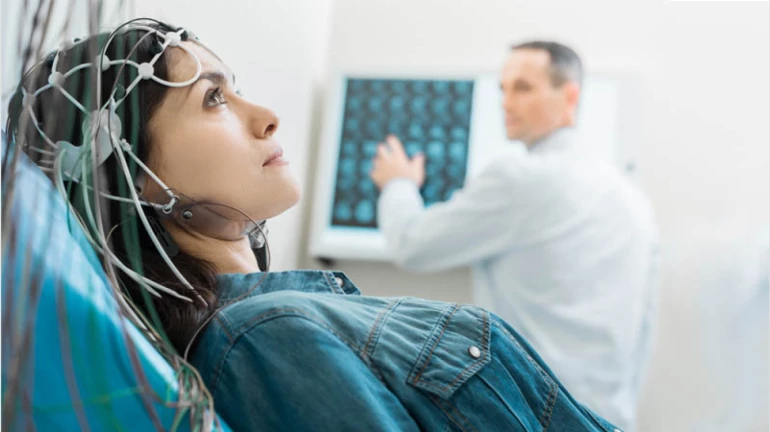
Childhood epilepsy can be a daunting and overwhelming diagnosis for parents, as it comes with a range of complexities and uncertainties. Understanding the different types of childhood epilepsy is crucial in providing the best possible care for your child.
“While many children with epilepsy outgrow the condition as they age, some continue to experience seizures into adulthood. One of the most challenging aspects of childhood epilepsy is the unpredictability of seizures, which can disrupt daily activities and lead to social stigmatization. The management of childhood epilepsy often involves a complex regimen of medications and lifestyle modifications which can be burdensome for both the child and their family,” Said Dr Priyanka Tater, Neurologist, Zynova Shalby Hospital in Ghatkopar.
From absence seizures to focal onset seizures, each type presents unique challenges and requires tailored treatment approaches. Parents need to work closely with the experts to accurately diagnose the specific type of epilepsy their child is experiencing, as this will guide the most effective treatment plan.
“When child has a seizure, parents can become overwhelmed. Two major reasons for this are difficulty in understanding seizures and concern about the child's future. Normally, one part of our brain communicates with another using tiny electrical currents. Sometimes, there is a sudden storm during which these electrical currents become disorganized. This event is a Seizure. A seizure may produce varied symptoms. This depends on the part of the brain affected. Based on the symptoms, seizures have many different names. During an Absence seizure, the child stares off into blank space and becomes unresponsive. Sometimes the eyes may flicker during this episode. In Myoclonus, there are sudden jerks, usually of the upper part of the body. If the child is holding a toothbrush or a toy, it may fall from the child's hand. Focal seizure means the electrical storm happens in a small part of the brain. In this case, the child has sensations or movements only in one body part. For example, only the right hand may twist or shake. Generalized convulsion is when an electrical storm takes over the entire brain. The whole body starts to shake violently. This kind of seizure is also known as a generalized tonic-clonic (GTC) seizure. Atonic Seizures are seen when there is a sudden loss of body power. This can cause a sudden fall called a "Drop Attack". To categorize the seizures, doctors may need MRI, EEG, and sometimes video-EEG monitoring. An MRI is a picture of the brain. An EEG measures electrical activity in the brain. If the EEG is done for 1 day or more with video-recording, it is called "Video-EEG monitoring,” Said Dr Siddharth Kharkar, Neurologist, at Lilavati Hospital in Mumbai.
Childhood epilepsy is a neurological disorder characterized by recurrent seizures. It can have a significant impact on a child's development, cognitive function, and overall quality of life.
“Upon receiving a diagnosis, the treatment plan for each child is customised to address their specific requirements. The management of seizures often involves the prescription of antiepileptic drugs. Determining the appropriate medication and dosage may require careful oversight by experts. In instances where medications are not effective, some children may undergo surgical interventions,” highlighted Dr Priyanka.
“There are more than 30 medications to treat seizures. Without knowing the seizure type, one cannot choose the right medication.80% of children become completely seizure-free with properly chosen medications. But, about 20% of children don't stop having seizures, even with many medications. There are many life-changing options for such children as well. Just like medications, not all these treatments are effective for all children. The doctor has to choose the right treatment very carefully. Steroids may reduce EEG abnormalities, improve thinking, and stop seizures. Removal Epilepsy surgery means if the electrical storm comes from a small brain part, we remove that small part. Vagus Nerve Stimulation (VNS) is a small device, about the size of a matchbox. It is kept below the skin of the chest. It calms down abnormal brain activity. Precise diagnosis is essential in children to stop seizures,” said Dr Kharkar.





